Are you satisfied with your
Handedness?
Well, well, well, August 13 is coming soon and it almost coincides with my
birthday on the 17th of August.
You think to yourself, now what is t up to this week? Left-handers day:
The science of the southpaw. Yes, a
badge of courage I have carried for my life.
I am 1 of the 10% of the world’s populace who carries this strange
affliction. Maligned, teased, tormented,
even accused of being sinister, teachers often have tried to correct this
affliction. My mother, a sweet,
elementary school teacher even had to defend me with my 4th grade
teacher, Mrs. Stockdale for trying to change me to right-hander status and removing
this affliction.
President Obama does it; in fact, as of 2014,
three of the last four presidents have been left handed. The first president to be described as left-handed
was Herbert
Hoover,[6]
though this has been disputed.[3]
There is no evidence of any left-handed president before Hoover. Although, it
was said about President James Garfield that he could simultaneously write Latin with his right
hand and Greek with his left.[4]
Gerald
Ford was also ambidextrous. He described himself as "left-handed
sitting down and right-handed standing up".[7]
Being forced by his schoolteachers and parents to switch handedness was the
case with Harry Truman, according to the biographer David
McCullough.[8]
Ronald
Reagan is also rumored to have been left-hand dominant, but forced by his
schoolteachers and parents to switch.[6]
Documentation of this is unreliable. If true, it would place Reagan in the
category of ambidextrous presidents.[3]
Historical photographs of Reagan signing treaties, pacts or pieces of
legislation show him signing with his right hand. Additionally, several
photographs exist showing Reagan throwing baseballs and footballs as a
right-hander. However, Ronald Reagan did wear and display his weapon on his
left hip and left hand, when he played a cowboy during his acting career.
As of 2014, three out of the
last four presidents have been left-handed. Counting as far back as Truman, the
number is five (or seven, if the two ambidextrous presidents are included) out
of twelve. In the 1992 election, all three major candidates – George
H. W. Bush, Bill Clinton and Ross Perot
– were left-handed.[3]
The 1996 election also involved three left-handed candidates: Clinton, Perot,
and Bob Dole,
who learned to use his left hand after his right hand was paralyzed by a World War
II injury. In the 2000 election, democratic candidate Al Gore was
also left-handed.[9]
Both major-party candidates in the 2008 presidential election – Barack
Obama and John McCain – were left-handed.
About 10 percent of people write with their left hand – a trait tenuously
tied to intelligence and creativity, BUT 20% of all mensa members are
left-handed. And some experts say this small but steady legion sheds light on
the brain.
"There are many things common across all minds and bodies, but there are
sometimes striking differences," said Daniel Casasanto, assistant
professor of psychology at the New School for Social Research in New York.
"These differences can be key to discovering how something works."
The left hand is guided by the right side of the brain – the hemispheric
home of orientation and intuition – leading researchers to suspect lefties may
be wired differently than their right-handed counterparts.
Despite their minority status, lefties are more likely to excel in music,
mathematics and athletics, according to studies. But left-handedness has also
been linked to a higher risk of developmental disorders and mental illness.
"Handedness influences the way people think and feel, and how thoughts
and feelings are organized in their brains," said Casasanto, who studies emotional processing in
left-handers. "It turns out to matter in a number of
ways."
But despite decades of research, the biological origins of handedness
remain a mystery. It runs in families, suggesting some genetic
influence, and can even be seen in the uterus: fetuses suck the right thumb
more often than the left. Some studies suggest stress in the womb might be to
blame, as lefties are more likely to be born premature or have a low birth
weight.
But forced to adapt to a right-hander's world, lefties are resilient. Once
considered gauche – even sinister from the Latin for "on the left" – they
tolerate teasing and, in some cases, attempts to rewire their handedness.
"Everyone assumed I should be able to switch and use my right
hand," said Jane Angelich, a 60-year-old lefty from San Francisco.
"It's tough when you're a kid and you're different from everyone else. But
you grow out of it. Now I love being a lefty."
Left handed myths and misunderstandings
It is NOT a myth that left-handers have trouble with all sorts of everyday
articles and tools. Have a look at our range of fully left-handed items to see how we can help
solve the problems.
Left-handers do tend to do badly whenever there is any talk of superstition
or things that cannot be understood. This is the side of being left-handed that
leaves me scratching my head. Do you believe in superstition?
Folklore and Superstitions
For thousands of years, the Devil has been associated with the left hand in
various ways and is normally portrayed as being left-handed in pictures and
other images. In the seventeenth century it was thought that the Devil baptised
his followers with his left-hand and there are many references in superstitions
to the “left-hand side” being associated with evil. As an example, in France it
was held that witches greet Satan “avec le bras gauche” or with the left hand.
It is also considered that we can only see ghosts if we look over our left
shoulder and that the Devil watches us over the left shoulder.
Evil spirits lurk over the left shoulder – throw salt over this shoulder to
ward them off. In Roman times, salt was a very valuable commodity, giving rise
to the word “salary” and was considered a form of money at the time. If salt
was spilled, that was considered very bad luck, that could only be avoided by
throwing some of the spilled salt over your left shoulder to placate the devil.
Joan of Arc (burned at the stake in 1431 for being a heretic and a witch)
was not necessarily left-handed, she may have been depicted in this way to make
her seem evil.
Getting out of bed with the left foot first means that you will have a bad
day and be bad tempered . i.e. getting out of bed the wrong side.
A ringing in the right ear means that someone is praising you. In the left
ear it means that someone is cursing or maligning you.
An itchy right palm means that you will receive money. An itchy left palm
means you will have to give money.
Wedding rings worn on the third finger of the left hand originated with the
Greeks and Romans, who wore them to fend of evil associated with the left-hand
The Romans originally considered the left to be the lucky side and used for
augury. However, they later changed back to the Greek methods and favoured the
right-hand side.
The right hand often symbolizes ‘male’ while the left hand is ‘female’.
If you hear the sound of a cuckoo from the right it will be a lucky year.
If the sound comes from the left it will be unlucky.
The Meru people of Kenya believed that the left-hand of their holy man has
such evil power that he had to keep it hidden for the safety of others.
If your right eye twitches you will see a friend, if it’s your left eye
that twitches you’ll see an enemy.
25 Truly Useful Inventions That You Never Knew You Needed
604K views
They say that necessity is the mother of invention, and while that might not be the case for every invention out there, most of these cool inventions definitely qualify as useful. Who knows? One of these 25 awesome inventions we found just might be the best thing since sliced bread. I must break in here and tell you more than you want to know about sliced bread. Its inventor, the date, where, and the fact that sliced bread was banned during world war II as a frivolous luxury.
St. Louis baker Gustav Papendick bought Rohwedder's second bread slicer and set out to improve it by devising a way to keep the slices together at least long enough to allow the loaves to be wrapped.[2] After failures trying rubber bands and metal pins, he settled on placing the slices into a cardboard tray. The tray aligned the slices, allowing mechanized wrapping machines to function.[5]
W.E. Long, who promoted the Holsum Bread brand, used by various independent bakers around the country, pioneered and promoted the packaging of sliced bread beginning in 1928.[6] In 1930 Wonder Bread, first sold in 1925, started marketing sliced bread nationwide.
Effects[edit]
As commercially sliced bread resulted in uniform and somewhat thinner slices, people ate more slices of bread at a time, and ate bread more frequently, because of the ease of eating another piece of bread. This increased consumption of bread and, in turn, increased consumption of spreads, such as jam, to put on the bread.[2]1943 U.S. ban on sliced bread[edit]
During 1943, U.S. officials imposed a short-lived ban on sliced bread as a wartime conservation measure.[7][8] The ban was ordered by Claude R. Wickard who held the position of Food Administrator, and took effect on January 18, 1943. According to the New York Times, officials explained that "the ready-sliced loaf must have a heavier wrapping than an unsliced one if it is not to dry out." It was also intended to counteract a rise in the price of bread, caused by the Office of Price Administration's authorization of a ten percent increase in flour prices.[9]In a Sunday radio address on January 24, New York City Mayor LaGuardia suggested that bakeries that had their own bread-slicing machines should be allowed to continue to use them, and on January 26, 1943, a letter appeared in the New York Times from a distraught housewife:
- I should like to let you know how important sliced bread is to the morale and saneness of a household. My husband and four children are all in a rush during and after breakfast. Without ready-sliced bread I must do the slicing for toast—two pieces for each one—that's ten. For their lunches I must cut by hand at least twenty slices, for two sandwiches apiece. Afterward I make my own toast. Twenty-two slices of bread to be cut in a hurry![10]
On March 8, 1943, the ban was rescinded. Wickard stated that "Our experience with the order, however, leads us to believe that the savings are not as much as we expected, and the War Production Board tells us that sufficient wax paper to wrap sliced bread for four months is in the hands of paper processor and the baking industry.
The cool thing about a lot of these inventions is that they combine all sorts of simple products we know and use every day into new convenient combinations.
(h/t: remarkably and Erika S.)
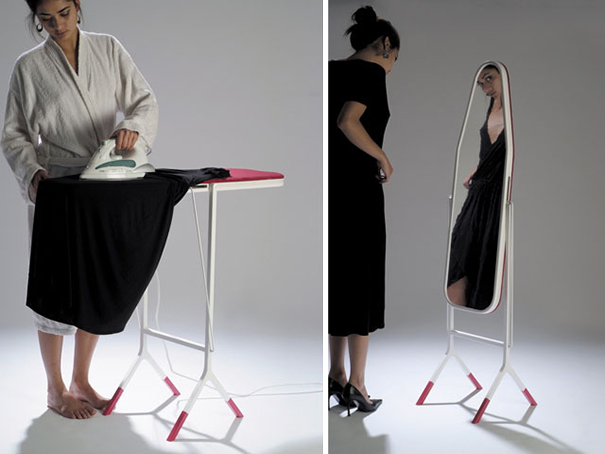
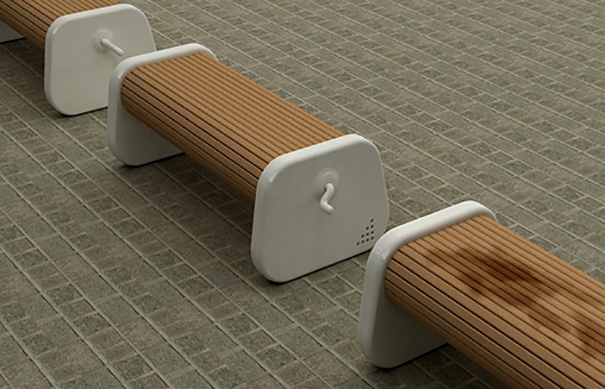


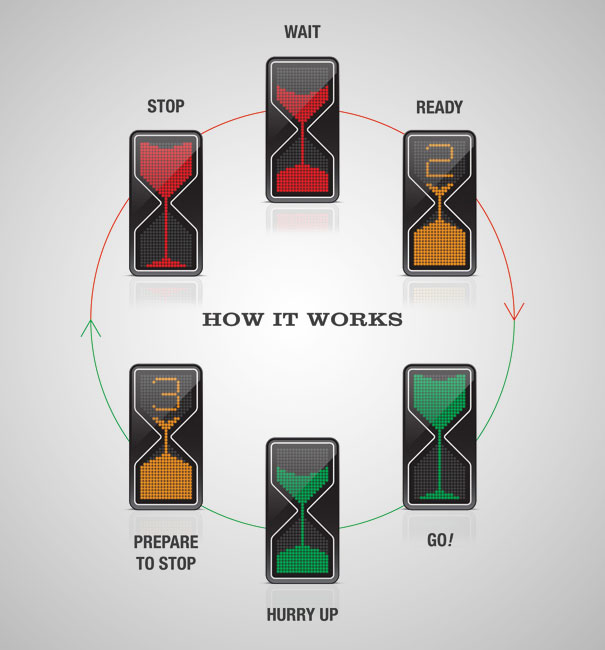
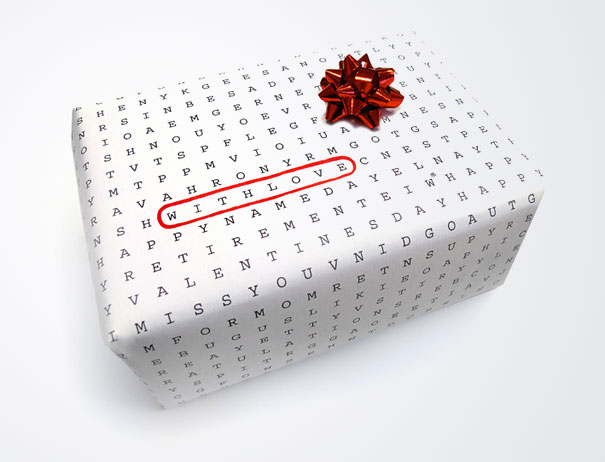
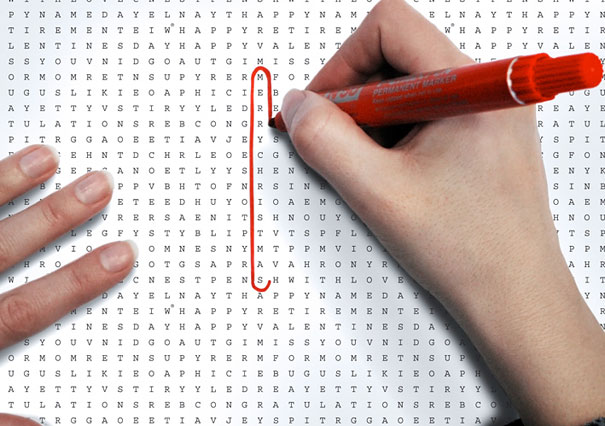
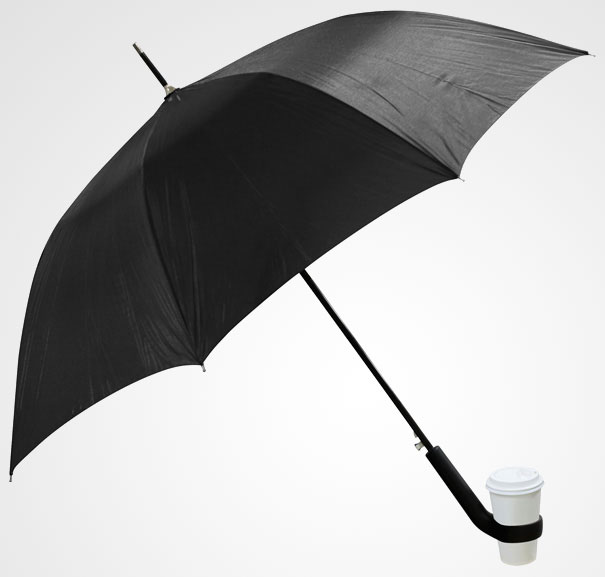
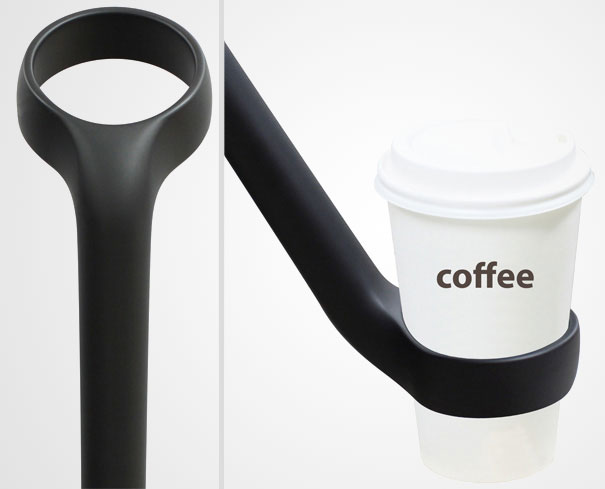
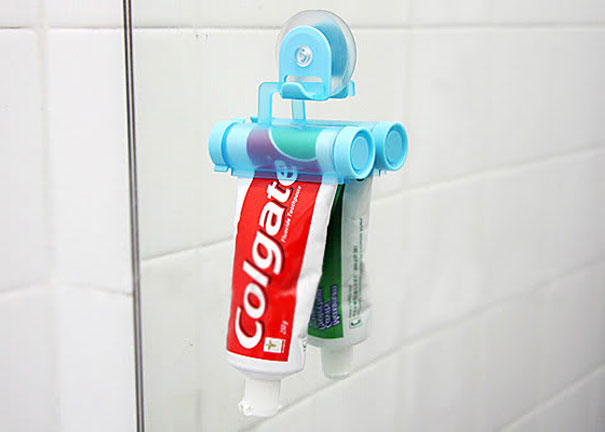
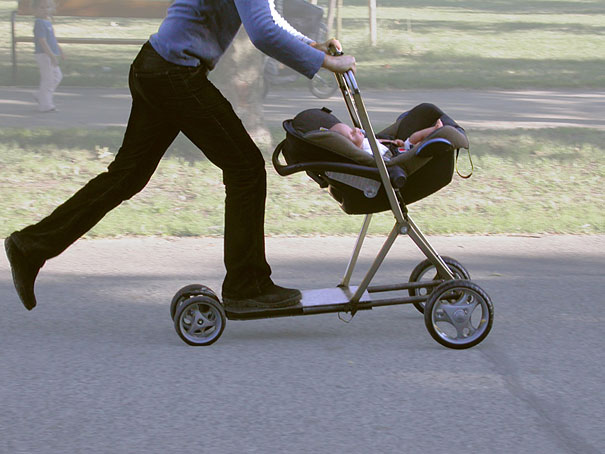
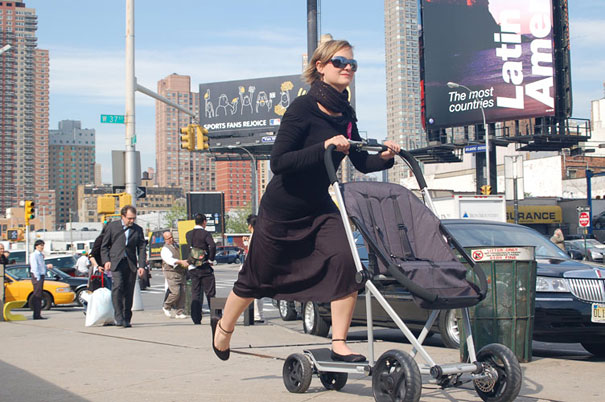
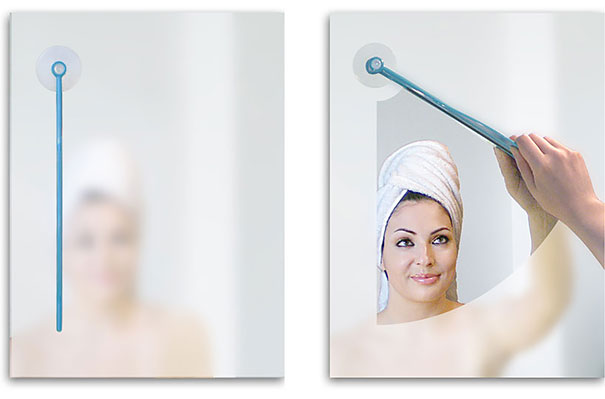
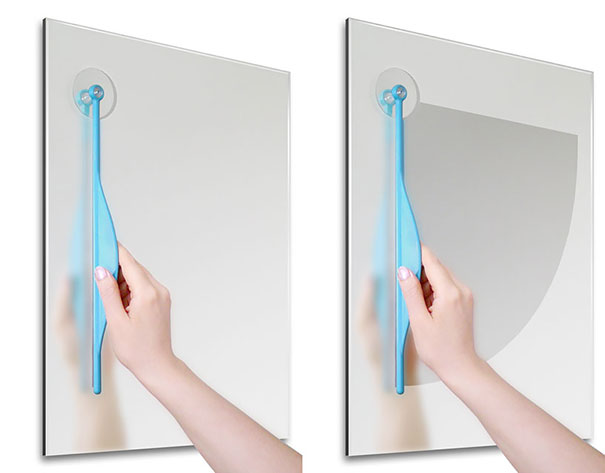
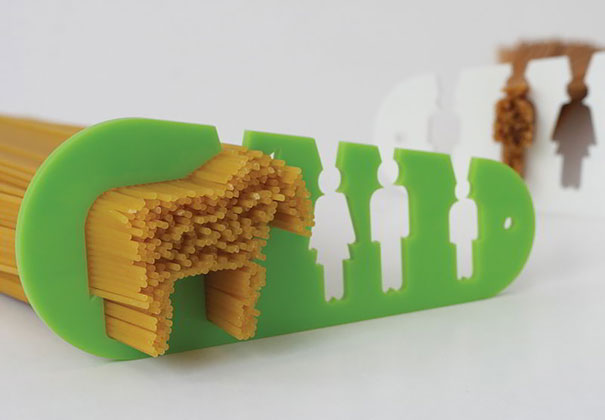
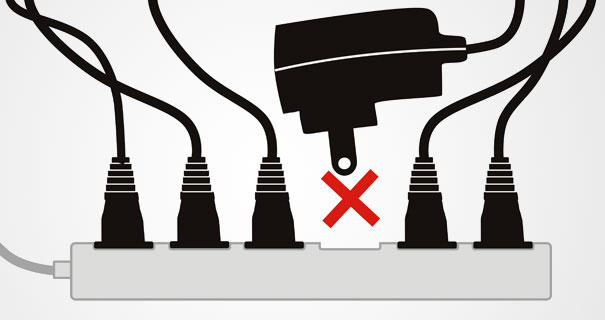
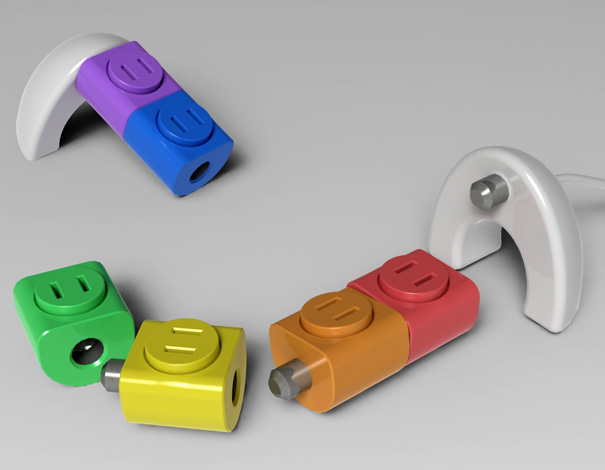
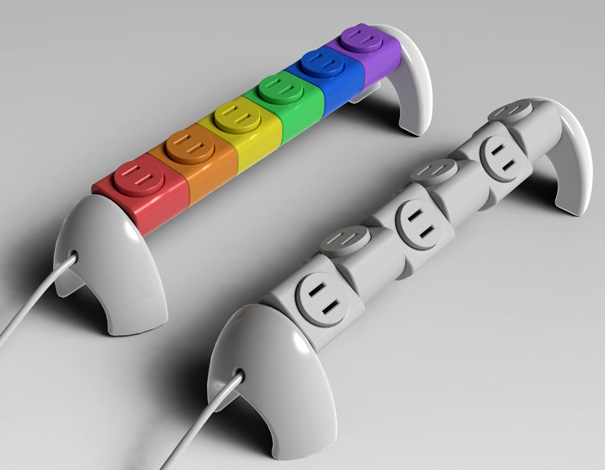
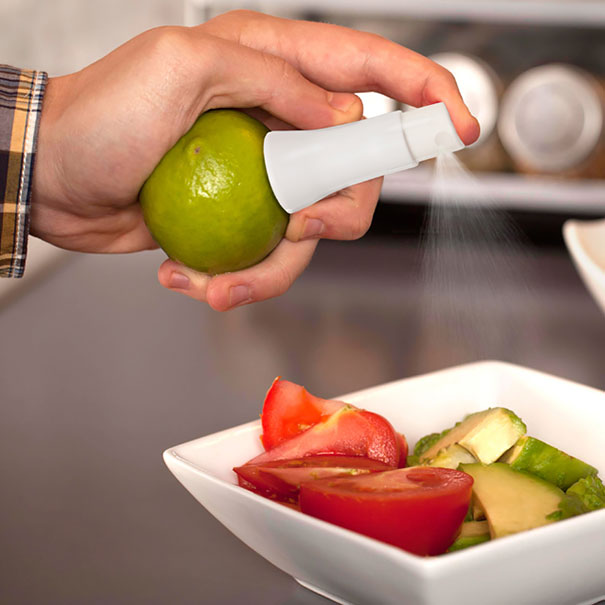
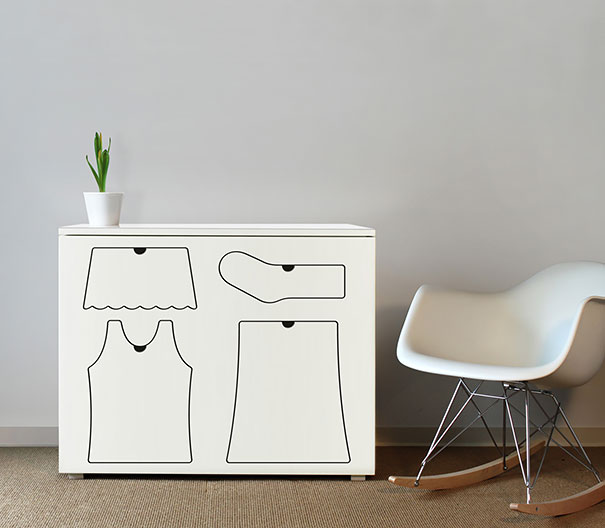
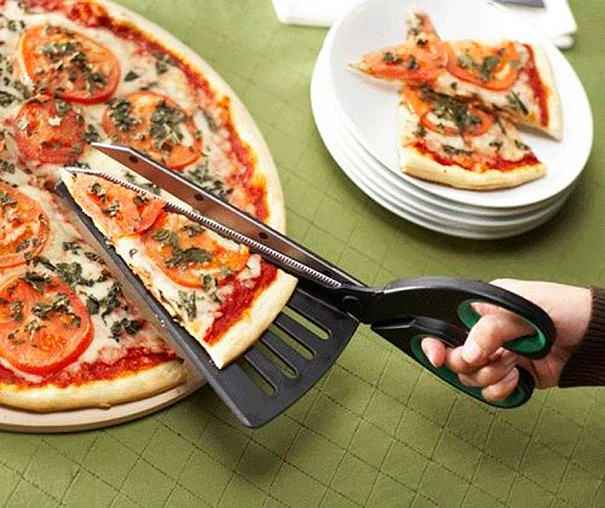
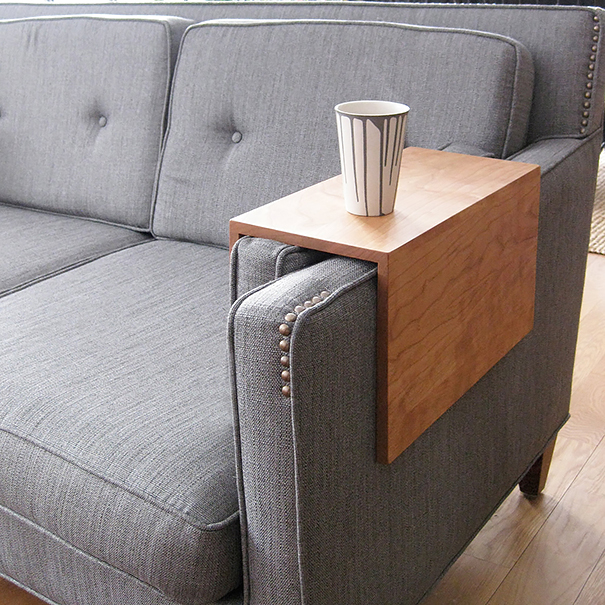
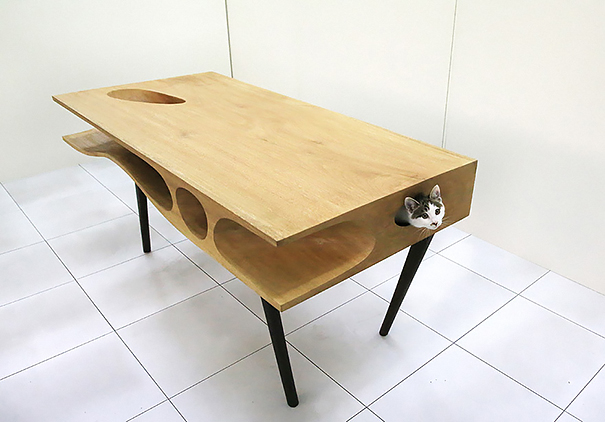
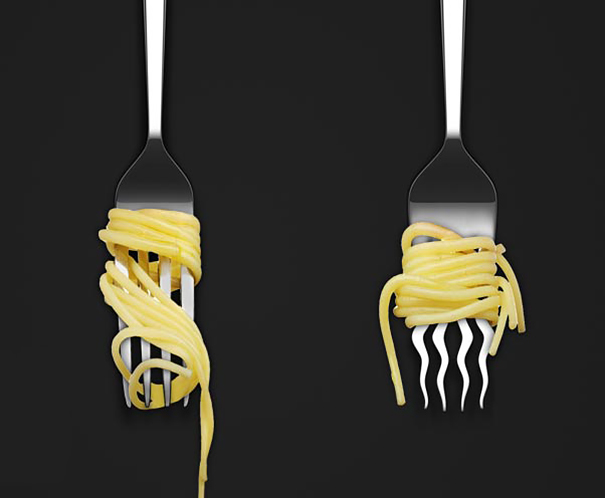

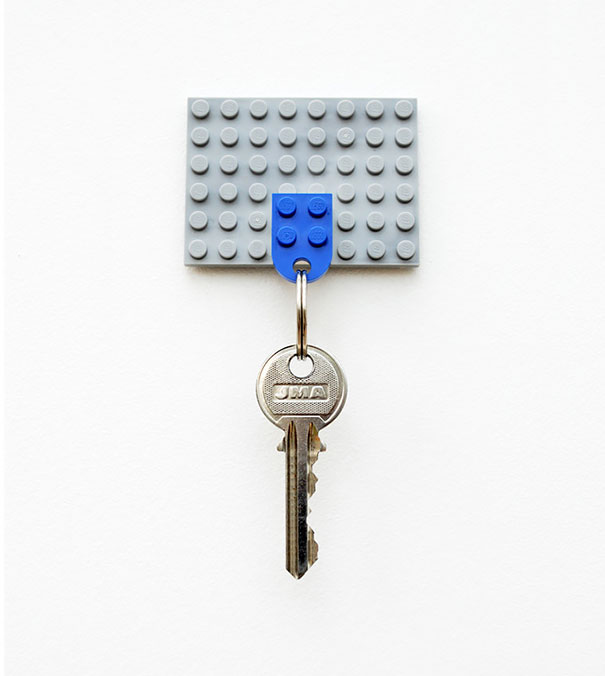
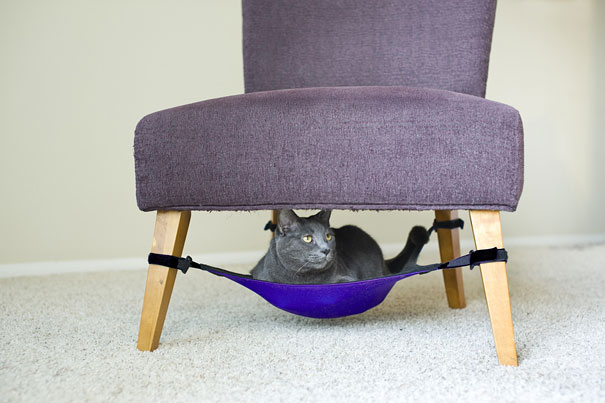
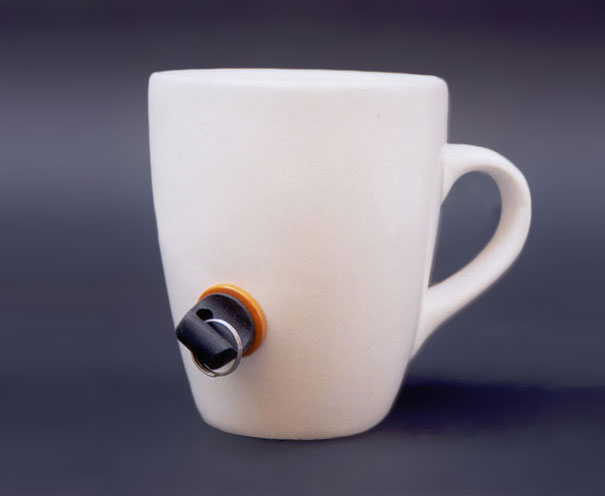
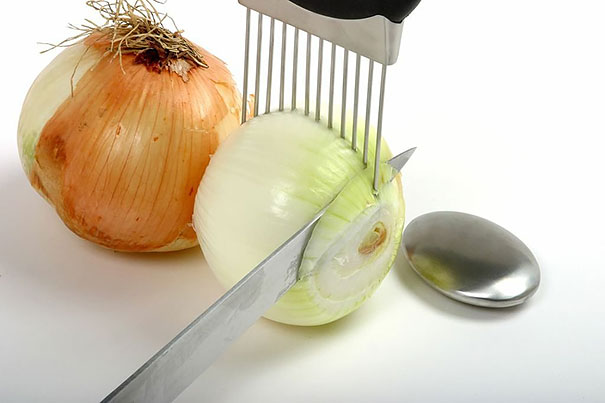
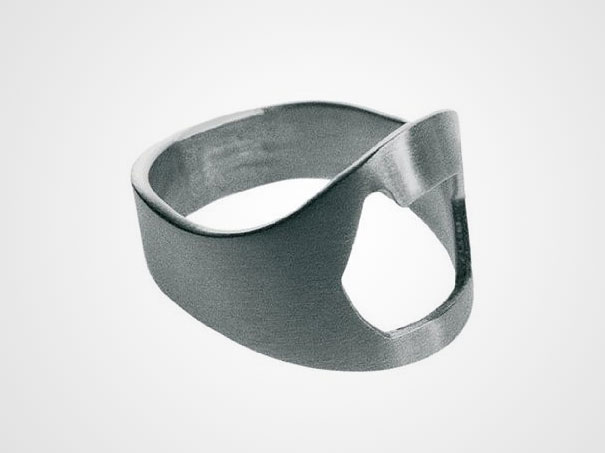
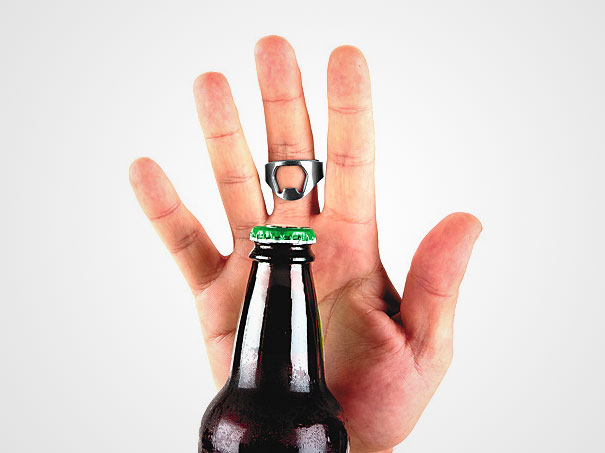

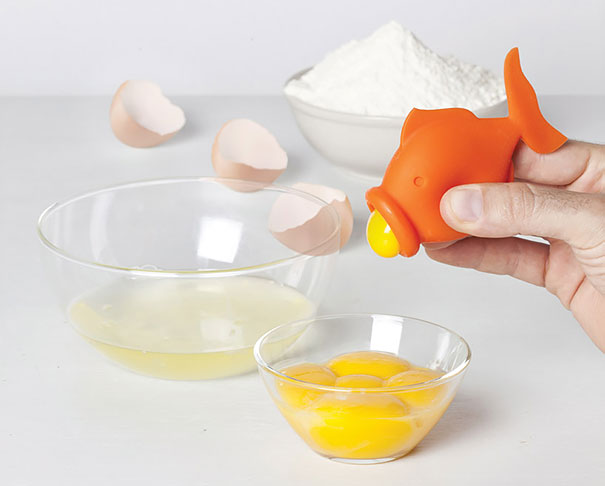

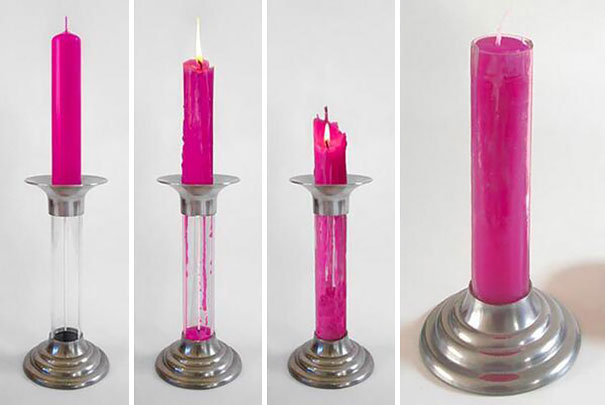
No comments:
Post a Comment